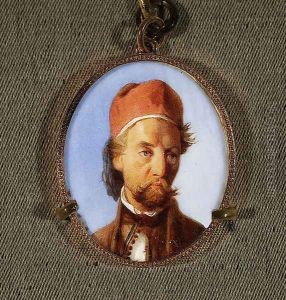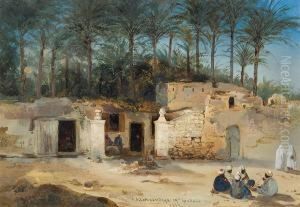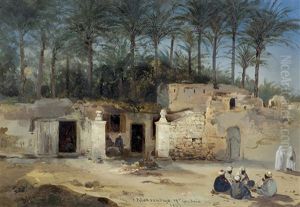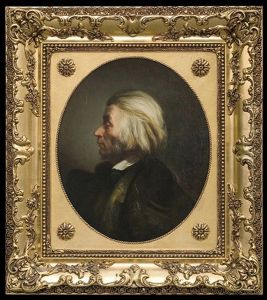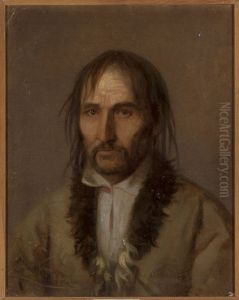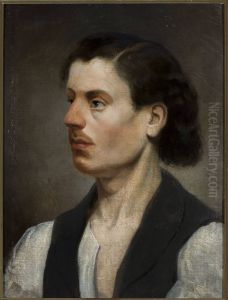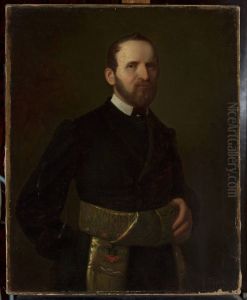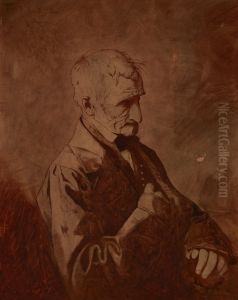Franciszek Tepa (Teppa) Paintings
Franciszek Tepa, also known as Franciszek Teppa, was a Polish sculptor and artist, born in 1816 and passed away in 1889. His life and career were deeply intertwined with the cultural and political shifts occurring in Poland and across Europe during the 19th century. Tepa's work is an embodiment of the Romantic spirit that was prevalent in the arts during his time, reflecting the national awakening and the struggle for independence that marked the era in Poland.
Tepa's early life was characterized by a rigorous study of the arts. He honed his skills in sculpture and developed a distinctive style that combined classical ideals with nationalist themes. This was a period when Poland was undergoing significant turmoil, having been partitioned between Russia, Prussia, and Austria at the end of the 18th century. Tepa's artistic output was deeply influenced by these events, and his works often served as a form of cultural resistance against the oppressors of Poland.
Throughout his career, Tepa contributed significantly to the Polish art scene, creating works that celebrated Polish history, heroes, and myths. His sculptures were not only artistic achievements but also acts of patriotism, imbuing public spaces with symbols of Polish identity and resilience. Despite the challenges of working under foreign domination, Tepa's art found resonance among the Polish people, serving as a beacon of hope and a reminder of their rich cultural heritage.
Tepa's legacy extends beyond his sculptures. He was part of a broader movement of Polish artists and intellectuals who sought to preserve and promote Polish culture through their creative endeavors. As Poland fought for and eventually regained its independence in the 20th century, Tepa's works continued to inspire generations. Today, he is remembered as a pivotal figure in the history of Polish art, whose creations continue to be celebrated for their beauty, emotional depth, and national significance.
The details of Tepa's life, including his education, specific works, and exhibitions, might not be widely documented in international art history. Nonetheless, his contribution to the Polish Romantic movement and his role in using art as a medium for national expression ensure his place among the notable artists of the 19th century. Tepa's work remains a testament to the power of art in shaping national identity and preserving cultural memory.

